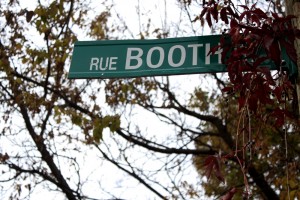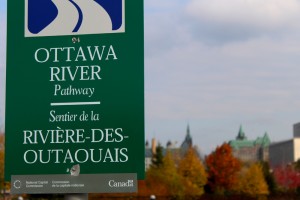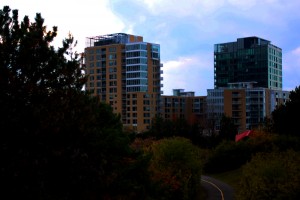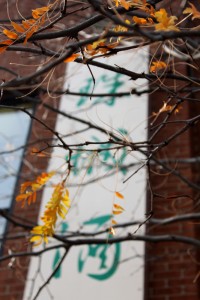Where else in Ottawa can you have Pho for lunch, Korean barbecue for dinner, visit the Canadian War Museum, take a stroll along the picturesque Ottawa River, and sit down in a Bubble Tea shop– all in the same day while never taking a car or bus?
Although Chinatown and LeBreton Flats are two very distinct and different communities, together, they make up an area of Ottawa which is at once historic yet modern, diverse, welcoming, and an attraction in its own right.
- An overview of the history and background of both Chinatown and LeBreton
- What makes these two communities unique and where they are located
- The many dining options available in the area, especially in Chinatown
- How easy it is to get there and move within the Chinatown/LeBreton area
- What these communities look like in terms of housing, buying, and renting
- Some information on the new developments in Lebreton
- Other attractions and businesses in the combined area
- What people are visiting the area for, and how to stay informed about events in Chinatown and LeBreton
Cultural and Historic Backgrounds
Ottawa’s Chinatown really only became “Chinatown” after 1975, when Chinese and Vietnamese immigration to the area soared due to the changing political climates in China and Vietnam [1]. However, there are now many shops and restaurants of varying nationalities which are open in Chinatown, including Filipino, East and West Indian, Canadian, Japanese, and Thai.
LeBreton Flats has a long and detailed history in Ottawa’s past, dating back to when the locks and bridges were first being built over the Rideau Canal and Ottawa River in the 1800s. After the land was cleared in the 1960s, plan after plan was worked on for the area, until in 2000, a rejuvenation plan was put in place, and work began immediately to clear contamination left behind from its previous industrial uses [2]. The Canadian War Museum was built there in 2005, to mark the tangible beginning of the redevelopment plan, and work will continue for the next decade to restore LeBreton to its former hustle and bustle as a major thoroughfare of Ottawa.
Unique Atmospheres and Great Proximities
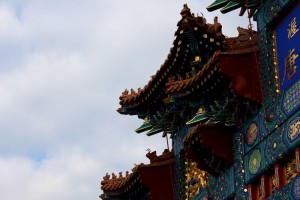 Chinatown: The Cultural Food Destination of Ottawa
Chinatown: The Cultural Food Destination of Ottawa
Communities of Convenience
Residences and Residents: The People of Chinatown and LeBreton
Another reason for the large number of renters is because property prices in these areas are quite high (especially in LeBreton), and the average household income in these communities is less than the Ottawa average– 42% of residents pay more than 30% of their income on housing [1]. The average price for a property is around $289,000, and the vast majority of available housing in Chinatown was built before 1985 (91%) [5]. As one former resident puts it, the houses “have character” and are “mature”; perhaps helping to explain the higher housing prices in the area as opposed to those in a newer area which is also not so conveniently located. According to the 2006 census, 63% of housing units in the communities were located in apartment buildings, however the residential area between Chinatown and LeBreton also counts traditional single-family housing, rowhouses, semi-detached houses, and duplexes among its different housing types [1].
As well, Chinatown is perhaps the community with the largest immigrant population in Ottawa– 38% of residents represent a visible minority, and 46% of the residents immigrated within the period of 1996-2006 [1]. This unique mix of nationalities in its population has given Chinatown a strong cultural flavour not specific to any one part of the world, in a way which incorporates and celebrates the varied and different origins of its residents.
The Future of LeBreton
Neighborhood Amenities and Attractions
Popular Destinations and Keeping Up With Events
The Chinatown and LeBreton Experience
The back-to-back communities of Chinatown and LeBreton are almost like worlds of their own– visiting one of them is like stepping into a new city, or even a new country. All the old-world charm, diversity, and friendliness is apparent in Chinatown; while the new-world architecture, open spaces, and calm atmosphere are characteristic of LeBreton. Both of these areas have plenty to offer both residents and visitors alike, and are sure to capture your imagination when you pay them a visit!
Their histories, unique attractions, and events are only a quick trip from downtown and the Byward Market— spending a day in the area is definitely a great way to learn more and experience them for yourself!
Inspired to visit? Been there, and loved it? Tell us about the places you’d most like to visit, or ones that you’ve already been to and enjoyed, in the comments!
[2] – http://www.ottawaliving.ca/community.php?community_id=35
[3] – http://www.walkscore.com/score/booth-ottawa-on
[4] – http://www.walkscore.com/score/somerset-ottawa-on
[5] – http://www.zoocasa.com/en/area_details/27502-Chinatown-Ottawa-Ontario/demographics
[6] – http://forum.skyscraperpage.com/showthread.php?t=140169&page=21
[7] – https://foursquare.com/search?q=chinatown&near=Ottawa
[8] – https://foursquare.com/search?q=lebreton&near=Ottawa
[9] – https://foursquare.com/v/canadian-war-museum–mus%C3%A9e-canadien-de-la-guerre/4b0586e0f964a520c37222e3


